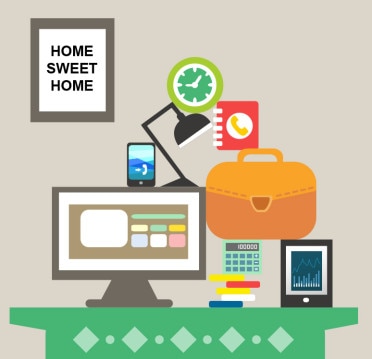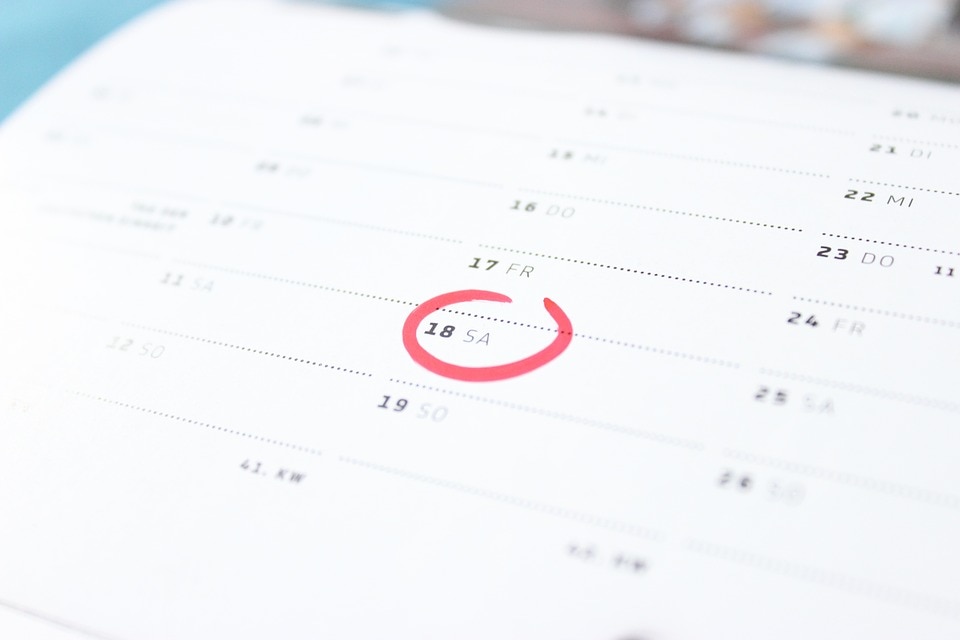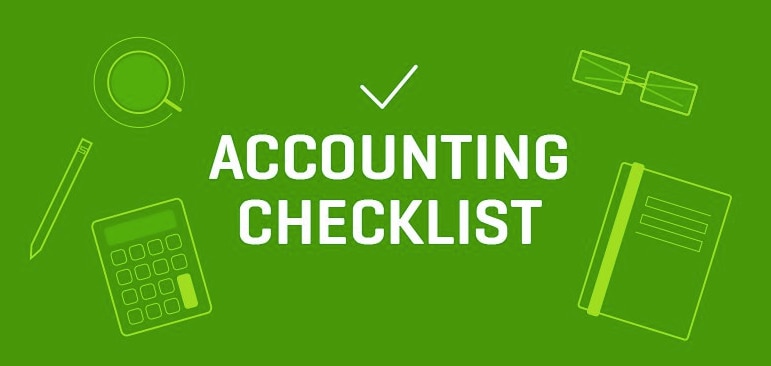3. Do You Have a Follow Up System for Late Invoices?
Having “the conversation” about late payments is a huge source of anxiety, especially when paying your own bills on time depend on the cash flow this late invoice represents.
However, like everything else we’ve discussed, having a system for following up on late payments can help you keep calm, and move on to your other work.
Accounting software does make following up on late payments easier, because, unlike manual systems like Word or Excel, you can sort invoices by client name or due date, and set up automatic invoice reminders for overdue payments.
Here’s an idea of the intervals and types of messages you can send to clients who haven’t paid on time.
Day 1—Payment Due Date
If you haven’t received the payment by the due date, check to see if they even received the bill: Using QuickBooks allows you to see if your client has viewed the invoice, which can tip you off that they might just have overlooked the email.
Either way, send a polite email reminder mentioning that perhaps the invoice has gotten lost in the shuffle. That might be enough to jog them to remember to send it. Or, they may say “the check’s in the mail,” in which case you know payment is coming soon.
To make it easier to send these polite reminders, QuickBooks allows you to create automated messages that you can send your clients.
ProTip: Try sending an automated reminder a week before the invoice is due to give them a heads up!
Day 15—Two Weeks Late
When your payment is two weeks late, that’s when you may start feeling panicky.
That’s a good time to reach out with a polite phone call to reconfirm they have the invoice and see if they have any questions. Sometimes they neglected to tell you that there’s some specific information they need for their own system, like a PO number. Or it could be your invoice got lost in the inbox of “Carol in Accounting” who’s been on vacation. There is almost always a good reason why your invoice hasn’t been paid, so don’t be shy about asking.
Day 30—One Month Late
This may feel like it is bordering on rude, but that doesn’t mean you should be.
Keep calm and stay professional in your follow up.
If you have already spoken with the client, re-send the invoice, along with any new charges, and reference the conversation you had and any concrete plans they had stated to send payment. In addition to email, send it via snail mail, which might get their attention.
You can also begin assessing late fees—but this is important—only if you had first explained it in your new client onboarding.
Hitting a customer with an unexpected late fee could cause more animosity than it’s worth. However, it’s perfectly fine to state your terms for late payments right up front and then be sure to itemize them on the next bill.
At this point, you may want to dial up your persistence. Be clear that you need to be paid and make sure you’re talking to the right person. If you are dealing with the accounting department, it might be time to get your client involved again as they have a vested interest in seeing you get paid in a timely fashion so the work can go on.
And that’s because this is an ideal time frame to cease current and future work. Politely let your client know via email that you will have to stop working on current projects until the bills are current.
And remind them that any creative work belongs to you until you have been paid for it.
Day 60—Two Months Late
If 60 days is considerably past your invoicing terms, it’s not unreasonable to send a demand letter from your attorney, or if you don’t have an attorney, from LegalZoom; they have an online library of successful letters you can access for a small fee, or you can choose to add attorney support.
Looking further ahead, you may want to consider:
- Using an invoice factoring agency
- Sending the bill to a collections agency or…
- Writing the invoice off as bad debt and move on
- Set up a Contract to ensure your invoices get paid.
None of these scenarios are ideal, but the links above can provide you with more insight in pursuing each option.








